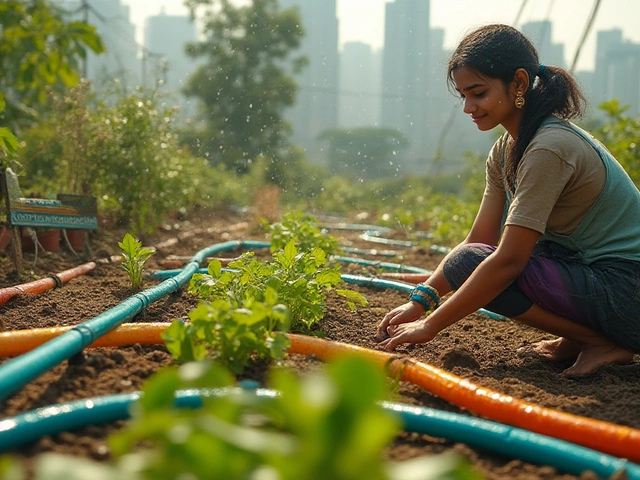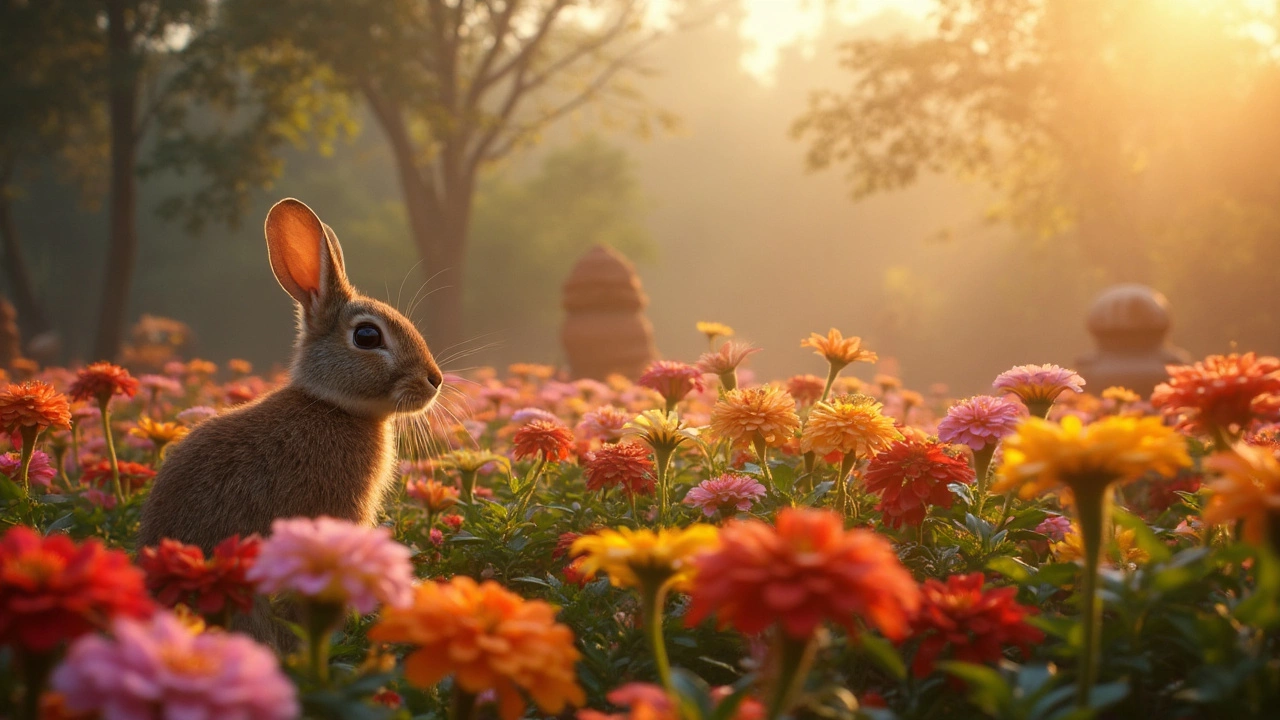Zinnias: Simple Tips to Grow Vibrant Flowers in Your Indian Garden
If you love bright, cheerful flowers that almost bloom forever, zinnias are the perfect pick. They handle heat, love sunshine, and come in a rainbow of shades. Best part? You don’t need a greenhouse or fancy tools—just a little soil, water, and patience.
Choosing the Right Soil and Sunlight
Zinnias thrive in well‑draining soil that’s rich in organic matter. Mix garden loam with compost at a 2:1 ratio and add a handful of sand if your garden holds water. This combo keeps roots breathing and stops the plants from getting soggy.
Sun is non‑negotiable. Aim for at least six hours of direct light daily. In hotter regions like Rajasthan or Gujarat, a little afternoon shade can protect young seedlings, but mature plants love the full blaze.
Watering, Feeding, and Keeping Blooms Fresh
Water zinnias when the top inch of soil feels dry. Early morning watering is best; it lets the leaves dry before night, cutting down fungal risk. Over‑watering is a common mistake—moisture‑loving pests love it, and the flowers will droop.
Feed them every three weeks with a balanced liquid fertilizer (10‑10‑10). A light dose at planting and another when the first buds appear gives a big boost. Once the garden is in full swing, you can switch to a half‑strength feed.
Deadheading—snipping spent blooms—keeps the plant pumping out fresh flowers. Use clean scissors to cut just above the first set of healthy leaves. This also redirects energy from seed production back into new blooms.
Watch out for pests like aphids and spider mites. A quick spray of neem oil or a strong water jet clears them without harming the plant. If you notice yellowing leaves, check for nutrient deficiency; a quick side‑dressing of compost can fix it.
For a continuous display, sow seeds every two weeks from spring to early summer. This staggered planting ensures that as one batch finishes blooming, the next one starts. In most Indian climates, the first planting can go in February, with a final round by June.
When it’s time to harvest seeds, let a few flower heads dry on the plant. Seal them in a paper bag, shake out the seeds, and store in a cool, dry place. Next season, you’ll have your own supply of heirloom colors.
Whether you have a small balcony or a sprawling backyard, zinnias fit right in. Their bold colors attract butterflies, add charm to borders, and even work well in mixed container gardens. Follow these straightforward steps, and you’ll enjoy a nonstop splash of color throughout the warm months.
Will Rabbits Eat Zinnias in Your Garden?
Rabbits can cause havoc in a garden, and if you're growing zinnias, you might wonder if these beautiful blooms are at risk. Though zinnias aren't the first choice for rabbits, they're not entirely safe either. Understanding how to prevent rabbit munching can save your flowers. This article offers insights and practical tips for protecting your zinnia garden from these fuzzy critters.
About
Kitchen Gardening
Latest Posts
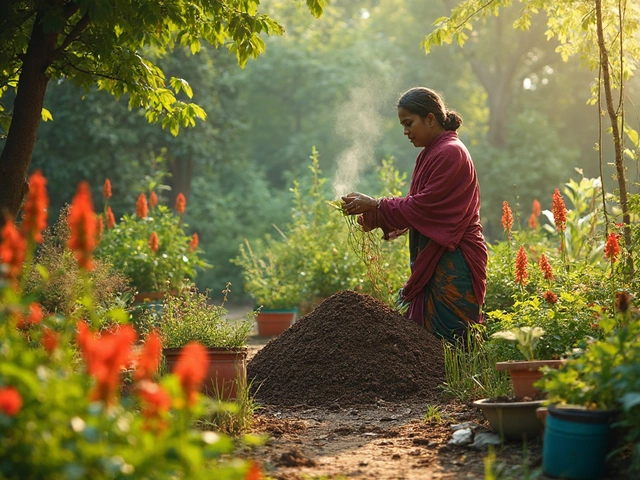
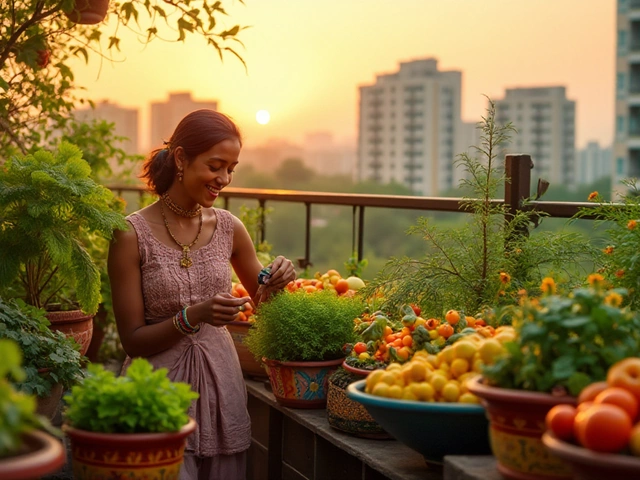
Best Fruits and Vegetables to Grow in Pots for a Thriving Balcony Garden
By Alden Thorne Jan 12, 2025
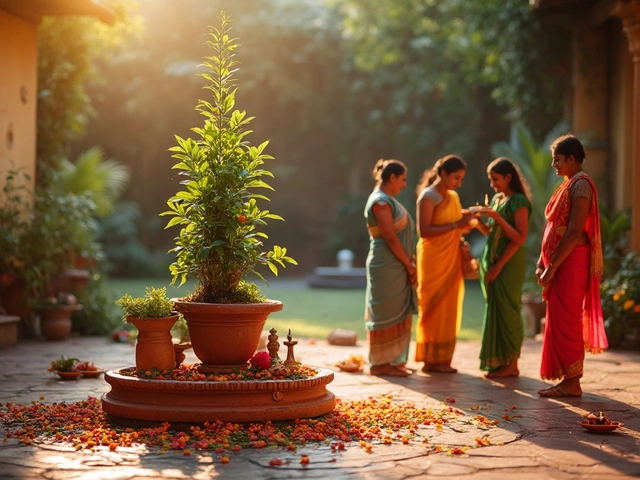
Sacred Plant in India: Why Tulsi Rules Flower Gardens
By Alden Thorne Jun 22, 2025
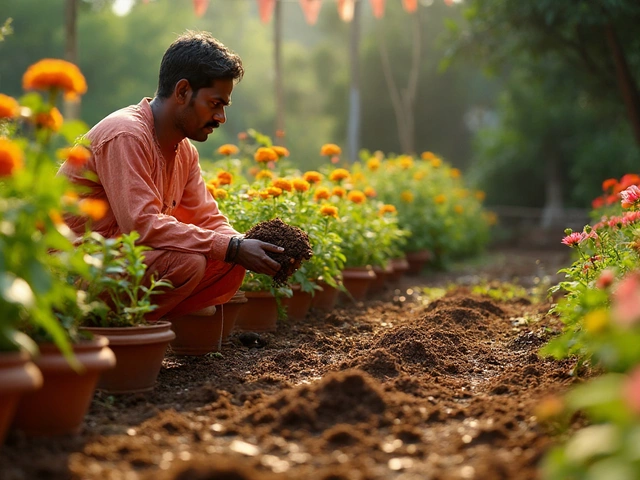
Plants That Hate Coffee Grounds: What Not to Feed Your Garden
By Alden Thorne Aug 4, 2025
